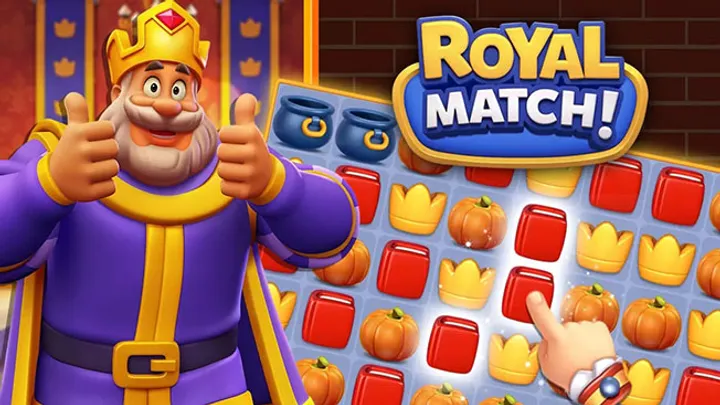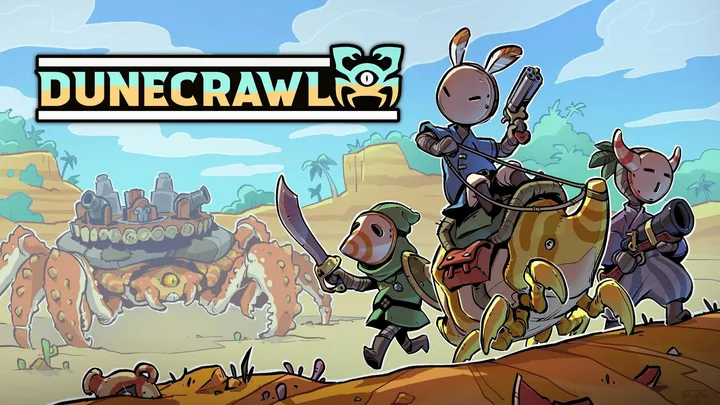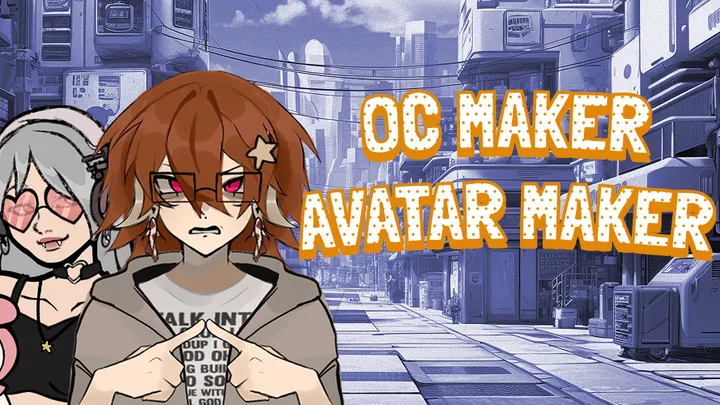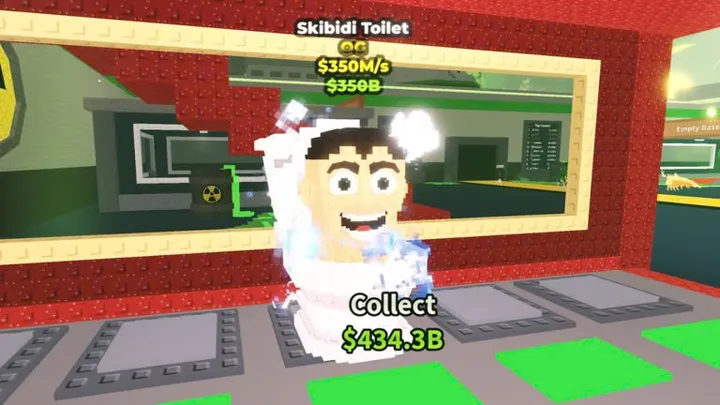Trending Reviews

Five Nights at Freddy's
Five Nights at Freddy's remains a groundbreaking indie horror classic, delivering tense survival and atmospheric dread through its innovative power-management mechanic and jump scares.

TUNIC
TUNIC delivers a mesmerizing metroidvania adventure with its atmospheric world and clever puzzles, celebrating the joy of discovery.
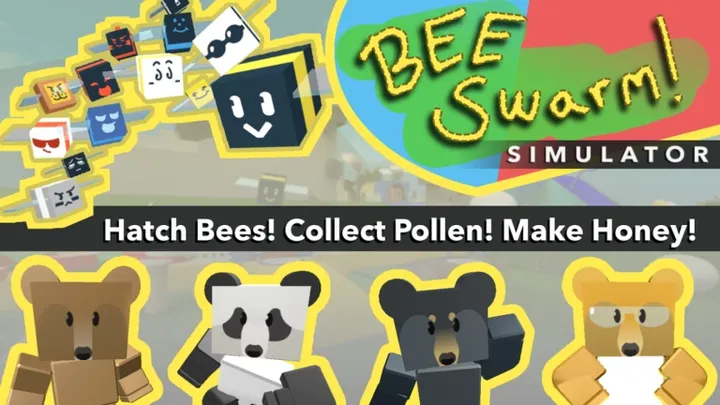
Bee Swarm Simulator
Bee Swarm Simulator offers a delightful mix of simulation, exploration, and resource management in a colorful and engaging world.

Genshin Impact
Genshin Impact is an open-world RPG where you explore Teyvat, master elemental combat, and uncover the story of the Traveler across seven diverse nations.

Roblox 99 Nights In The Forest
Roblox: 99 Nights in the Forest is a compelling survival-horror experience that has raised the bar for what Roblox games can deliver

Mafia: The Old Country
Mafia: The Old Country delivers a gripping action-adventure with its cinematic storytelling and intense gameplay, celebrating the mafia’s origins.
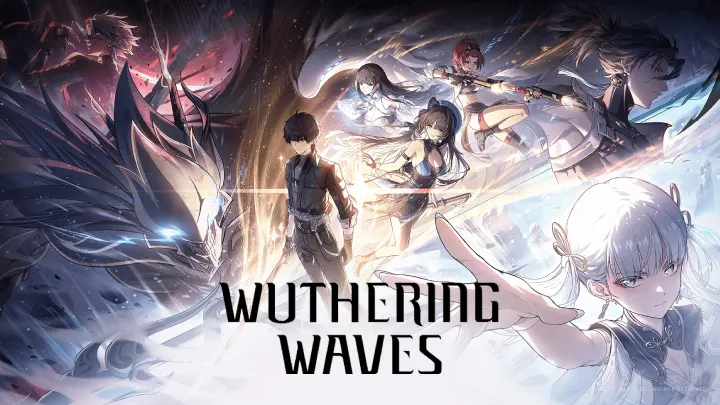
Wuthering Waves
Wuthering Waves is a bold, stylish RPG that pushes the boundaries of what a gacha title can offer

The Outer Worlds 2
"The Outer Worlds 2" is a masterful blend of humor, strategy, and immersive storytelling that builds upon the success of its predecessor.

Blood Strike
Blood Strike delivers a thrilling mobile battle royale experience with its fast-paced combat and squad dynamics, celebrating a unique shooter twist.

ROUTINE
ROUTINE successfully transports players into a hauntingly beautiful yet terrifying lunar environment, artfully combining horror elements with strategic gameplay.

Europa Universalis V
"Europa Universalis V" is a masterful blend of historical depth, strategic complexity, and engaging gameplay
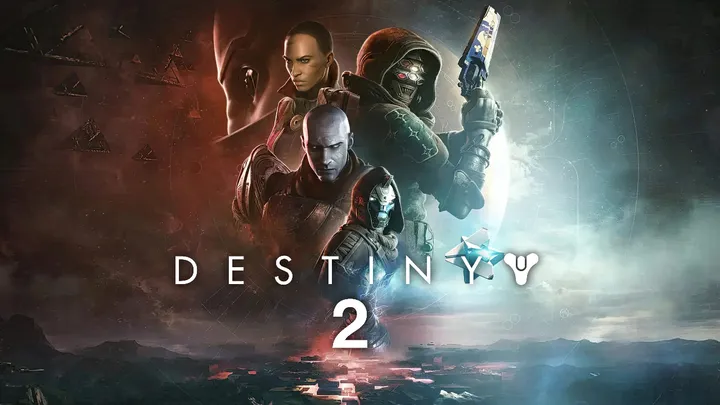
Destiny 2
Destiny 2 is a game that has grown and evolved since its initial release, offering players a vast universe filled with engaging gameplay, rich lore, and a vibrant community.
Popular on Blog

Avatar: Frontiers of Pandora™ Introduces New World Activities and Expands Endgame Experience
Avatar: Frontiers of Pandora™ receives a new update adding fresh world activities, expanded endgame content, and improved long-term gameplay depth.

The Top 5 Language Learning Apps of 2025
"Discover the Top 5 Language Apps of 2025 that use AI to improve speaking, translation, vocabulary building, and cross-cultural communication."

The Top 5 Dating & Relationship Apps of 2025
"Discover the Top 5 Dating Apps of 2025 offering AI matchmaking, safer connections, smart chats, relationship tracking, and real-life social events."

DuneCrawl — Why This Hot Game Turns the Desert into a Deadly Adventure
DuneCrawl is a hot roguelike set in a deadly desert. Learn how to survive shifting sands, master combat, and adapt to unpredictable challenges.
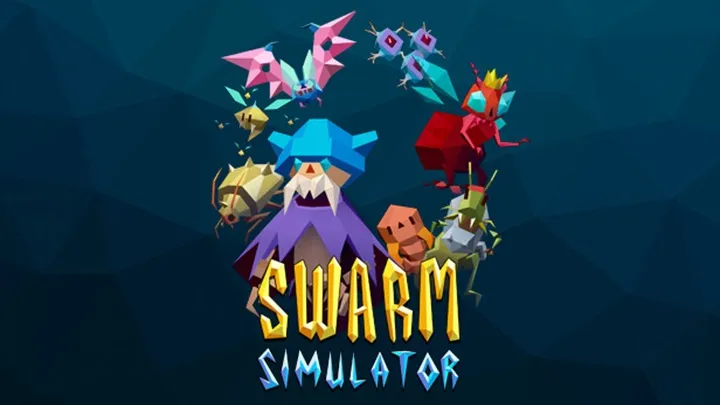
Bee Swarm Simulator — Why This Hot Game Turns Grinding into Joyful Progress
Bee Swarm Simulator is a hot Roblox game focused on steady progression. Learn how to build a strong hive, optimize pollen, and enjoy relaxing growth.
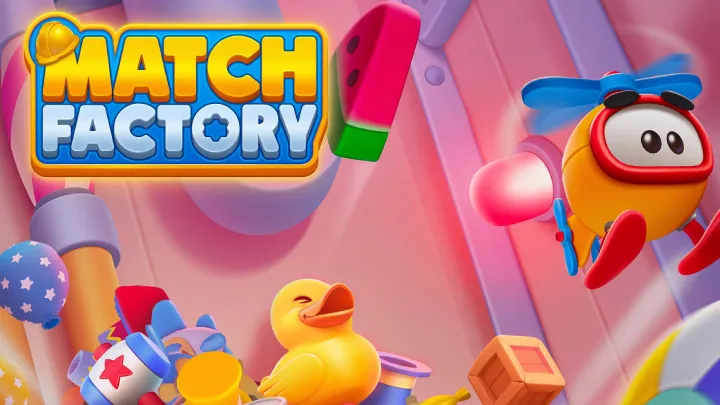
Match Factory Tips & Guides: Mastering Conveyor and Blocker Control for Stable Progress
Deep Match Factory guide on controlling conveyor flow, tray space, blockers, and avoiding mid-to-late game failure.

How to Solve Multi-Layer Lock Levels in Match Factory: A Deep How-To Guide for Breaking Stacked Object Systems
How to Read a Multi-Layer Lock Level Before Touching Anything Multi-layer lock levels reveal their danger immediately, but only if you know how to look. The board usually appears dense, with many overlapping objects and very few obvious matches. What matters most is not what you see, but what is hidden underneath. Before making your first move, scan the board and identify how many object types are visible and how many are partially obscured. Locked layers usually follow repetition patterns, meaning that if you see two of the same object type on the surface, a third one is likely buried deeper. Recognizing this pattern early prevents you from filling the tray with unmatched items later. Understanding surface vs hidden logic Multi-layer levels rely on delayed information. Early visual warning signs Objects stacked three or more layers deep Very few visible triples Central objects acting as load-bearing blockers How to Set a Survival Objective Instead of a Clearing Objective In normal Match Factory levels, the goal is simple: clear objects as fast as possible. In multi-layer lock levels, this mindset guarantees failure. Your real objective is survival through control, not speed. Instead of thinking “How do I match this?”, think “What happens after I remove this?”. Every object you clear reveals information—and often danger. Progress only matters if it reduces future risk. Clearing objects that open too many layers too early almost always leads to tray overflow. Redefining progress Stability is progress in disguise. Control-based objectives Reduce object variety before clearing deeply Eliminate one object type completely when possible Avoid moves that reveal multiple layers at once How to Use the Tray as a Strategic Tool, Not Storage The tray is not a convenience feature—it is the core limiting mechanic of multi-layer lock levels. Every slot represents a decision that must pay off later. Early in the level, your priority should be to keep the tray flexible. This means avoiding single unmatched items and preserving empty slots. Once the tray fills with unrelated objects, you lose the ability to respond to surprise reveals. Tray economy mindset Every slot must earn its place. Tray discipline rules Keep at least two slots empty at all times Avoid holding unmatched single objects Do not “test” moves that add uncertainty How to Open Locked Layers Without Triggering Chain Failures Locked layers are designed to collapse control if opened incorrectly. Removing one object can reveal another that has no matching partners available, instantly increasing tray pressure. The correct approach is preparation before revelation. Before unlocking any layer, you must either have empty tray slots or already be holding matching partners. If neither condition is met, opening the layer is a mistake—even if the move looks tempting. Reveal preparation logic Never unlock without an exit. Safe layer-opening checklist At least two empty tray slots Known or predicted matching partners No simultaneous reveals from adjacent stacks How to Use Partial Matches as Structural Anchors Partial matches—holding two identical objects—are not mistakes in multi-layer levels. They are structural anchors that allow you to safely absorb future reveals. The key is selectivity. You should only create partial matches for object types that appear frequently and predictably. Holding rare or isolated objects creates dead weight that clogs the tray and limits future moves. Anchoring through predictability Certainty reduces risk. Partial match guidelines Use common object types only Never hold more than two partial pairs Release partials deliberately, not automatically How to Identify and Delay False Priority Objects Some objects are designed to look important but are actually traps. These false priority objects often sit in the center or appear visually isolated, inviting you to remove them early. In reality, they usually act as structural supports for multiple layers. Removing them too soon releases a flood of hidden objects, overwhelming the tray. The correct strategy is delay—leave these objects untouched until the board is under control. Understanding visual misdirection The obvious move is often wrong. False priority warning signs No visible duplicates nearby Positioned as a central connector Unlocks multiple layers when removed How to Time Matches Instead of Completing Them Immediately Completing a match feels productive, but in multi-layer lock levels, timing matters more than completion. A poorly timed match can free tray space only to refill it with new, unmanageable objects. Advanced play requires holding matches until they serve a structural purpose—such as eliminating an object type entirely or stabilizing the tray before a major reveal. Match timing discipline Delay creates control. When a match is actually safe It removes all remaining instances of an object It does not trigger layered reveals It creates space before a planned unlock How to Use Power-Ups as Structural Corrections Power-ups are often wasted as panic tools. In complex lock levels, they should be used as structural corrections, not emergency escapes. A single remove-item power-up can dismantle an entire problematic stack if used on the right object. Shuffle power-ups are especially dangerous and should only be used after fully understanding the board state. Strategic power-up mindset Fix the structure, not the symptom. Power-up best practices Remove-item to break chain blockers Shuffle only after full board analysis Never use power-ups impulsively How to Recover When the Tray Is Nearly Full A nearly full tray feels like a loss, but many situations are still recoverable. The key is mental reset. Panic clicking guarantees failure. Stop, reassess the board, and look for matches that do not introduce new object types. Even a single controlled match can restore stability if chosen carefully. Crisis recovery thinking Calm restores options. Recovery steps Pause and scan the entire board Identify lowest-risk match Sacrifice objects with known partners How to Build a Repeatable Method for Multi-Layer Lock Levels The final step is systemization. Multi-layer lock levels follow design templates. Once you recognize them, fear disappears. Your repeatable method should include early diagnosis, tray control, reveal preparation, match timing, and emotional discipline. When every level is approached with the same framework, difficulty becomes manageable. Process over instinct Systems outperform reactions. Multi-layer solving framework Diagnose before acting Control object variety aggressively Prepare before unlocking layers Time matches with intent

The Conveyor Collapse: How Item Congestion Breaks High-Level Progression in Match Factory
The Early Game Lies About Control In the early stages of Match Factory, players feel fully in control. Conveyors move slowly, item pools are small, and orders are forgiving. Every tap feels meaningful, and mistakes are easily corrected. This phase trains players to believe that the game is about recognition speed and planning. However, this belief becomes dangerous later, because the game subtly shifts from skill-based matching to system pressure through item overflow. The player’s learned habits stop working, not because they are wrong, but because the system no longer supports them. The False Promise of Mastery Early success conditions players to expect improvement over time. When later levels punish perfect play, the experience feels unfair rather than challenging. When Conveyors Become the Enemy The first real sign of trouble appears when conveyor speed increases without reducing item diversity. Items begin entering the play area faster than they can be meaningfully processed. At this point, players are no longer solving puzzles—they are reacting to a flood. Even optimal choices cannot prevent backup, because the input rate exceeds the maximum possible output rate without boosters. Speed Without Strategy Increasing speed alone does not increase difficulty intelligently. It removes breathing room, turning planning into panic. Item Variety as Artificial Difficulty High-level Match Factory stages introduce too many item types at once. Instead of testing pattern recognition, the game overwhelms the board with low-frequency items required in small quantities. This creates dead space: items that cannot be matched yet but occupy critical slots. Over time, these block high-frequency items, causing chain congestion that has nothing to do with player error. Why More Items Means Less Strategy When every item is rare, prioritization becomes meaningless. Players are forced to wait, not think. Order Design That Punishes Efficiency Late-game orders often require uneven quantities, such as one rare item and many common ones. This sounds reasonable, but combined with conveyor randomness, it creates impossible pacing. Efficient players clear common items quickly, only to be stuck waiting for rare ones while conveyors continue dumping unusable pieces. Ironically, playing well accelerates failure. The Efficiency Paradox The better you play, the faster you reach congestion. This reverses the reward loop that puzzle games depend on. The Board Space Illusion Match Factory gives the impression that board space is generous. In reality, usable space shrinks as item diversity increases. Each new item type effectively reduces functional capacity. Players feel they have room, but that room is filled with mismatched fragments that cannot be cleared yet. The board becomes visually full but mechanically useless. Why Space Stops Mattering A board is only as big as its ability to resolve matches. Unmatchable items are dead weight. Boosters as Structural Crutches At high levels, boosters are no longer optional—they are structural requirements. Without them, the game’s input-output imbalance cannot be resolved. This shifts boosters from tactical tools into mandatory systems. Players stop asking “when should I use this?” and start asking “how many do I need to survive this level?” From Strategy to Consumption When boosters fix design flaws instead of mistakes, monetization replaces mastery. Why Skill Plateaus Feel Like Failure Many experienced players blame themselves when they stall. They try to tap faster, plan harder, or memorize patterns. None of this helps, because the bottleneck is systemic. The game no longer responds to improved skill. This creates frustration rather than motivation. The Emotional Cost of Invisible Systems When games hide the real cause of failure, players internalize blame and burn out faster. Randomness vs Predictability Breakdown Random item generation works when players have tools to respond. At high levels, randomness combined with speed removes predictability entirely. Players cannot plan more than a few seconds ahead, because future board states depend on uncontrolled item floods. This undermines the core appeal of matching games. Why Chaos Is Not Challenge Challenge requires learnable patterns. Chaos only tests tolerance. Why Levels Feel the Same but Harder Late-game Match Factory levels often reuse layouts but increase pressure variables. This creates fatigue instead of engagement. Players recognize the structure but feel powerless within it. Familiarity becomes a source of frustration rather than comfort. Repetition Without Depth Difficulty scaling without new mechanics feels hollow, even when technically “harder.” How Item Congestion Pushes Players Away Item congestion does not create dramatic failure—it creates slow, inevitable loss. Levels feel doomed minutes before they end. This erodes trust. Players stop believing that success is possible through play alone, which is fatal for long-term retention. The Silent Quit Trigger Most players don’t rage quit Match Factory. They simply stop opening it.
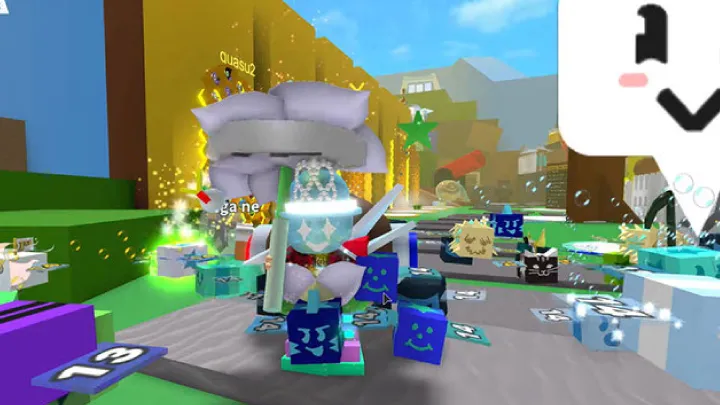
How to Master Bee Swarm Simulator: A Complete Step-by-Step Progression Guide
Complete how-to guide for Bee Swarm Simulator covering progression, hive building, quests, farming, gear, and efficiency.

The Gummy Paradox: Why Gummy Boots Can Stall Late-Game Progression in Bee Swarm Simulator
Gummy Boots can slow late-game Bee Swarm Simulator progression unless builds, boosts, and conversion systems are fully reworked.

Bee Swarm Simulator Tips & Guides: The Ultimate Progression Handbook for New and Advanced Beekeepers
Complete Bee Swarm Simulator guide covering progression, hive builds, quests, gear, boosts, and late-game optimization.
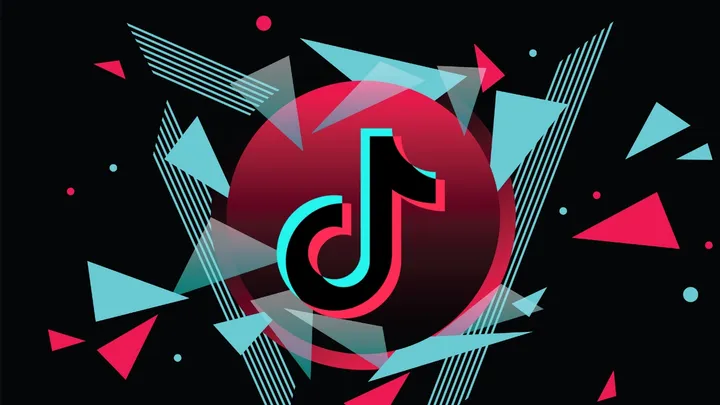
TikTok As A Top App: How The Recommendation Algorithm Redefined Attention, Growth, And Digital Habits
TikTok is a top app because its recommendation algorithm reshaped attention, creator growth, and digital habits, redefining how content is discovered and consumed.

